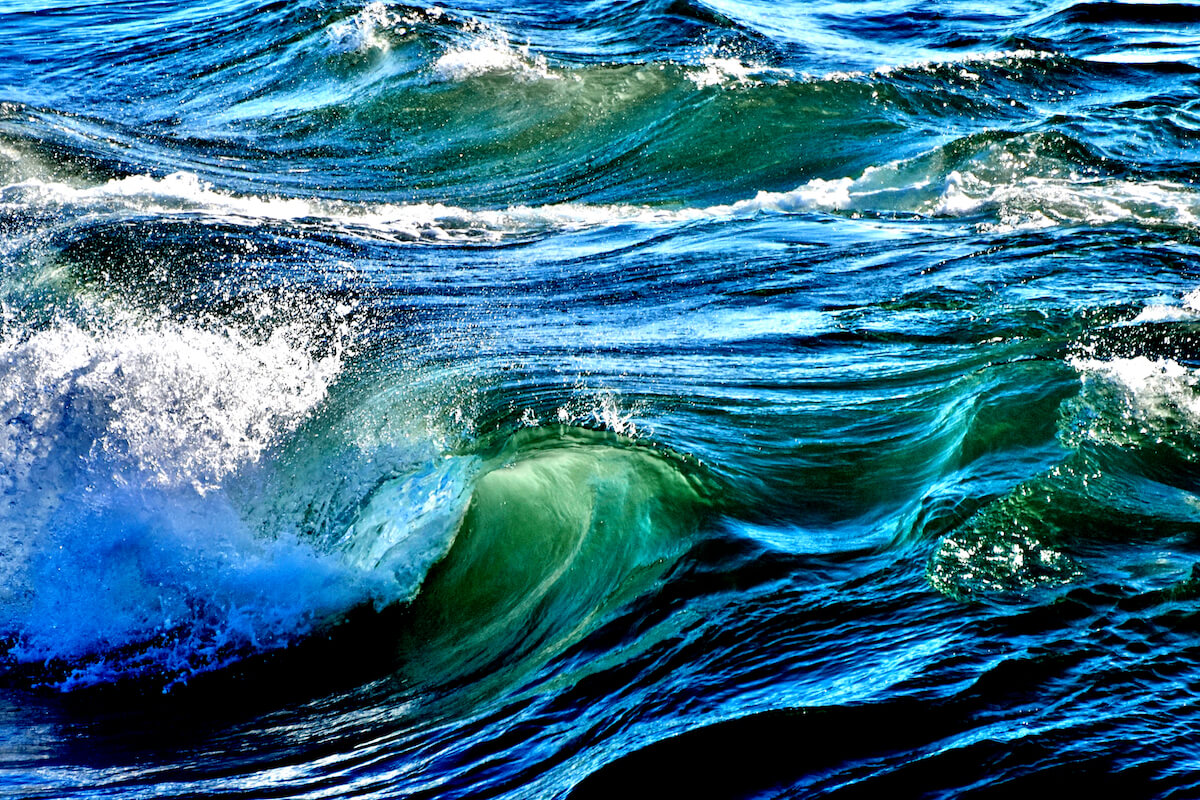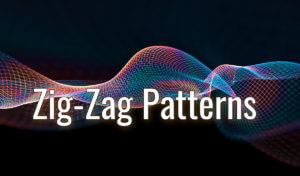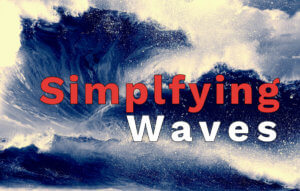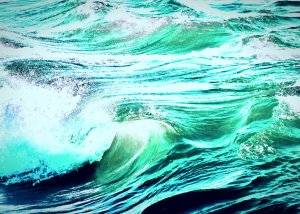Introduction
The Elliott wave theory applied in financial markets allows the wave analyst to support its forecasting process and make a decision in the investment stage.
This educational article corresponds to the first of four parts, which aim to help understand the current market position. In particular, we’ll present the impulsive waves and its variations.
Impulsive Waves in Action
The impulsive movements appear only in advance positions. In consequence, waves 2, 4, b, d, or x, will never be part of a motive wave. The wave analyst can find motive waves in only two market stages, in a trend structural series or when the markets develop a terminal sequence.
Trending Impulsive Waves
- First Extended Wave. When the market progress in a first extended wave, the second wave shouldn’t retrace beyond 38.2% of the first wave and should take more time in its formation than the fourth wave. The fifth wave will be the shortest motive wave.
- First Non-Extended Wave. When the first wave is not the extended wave, the second wave can retrace it until 99%. If the first wave surges after a noticeable decline, the third wave will be the extended wave.
- Second Wave. If the first motive wave is (or probably will be) the extended wave, the second wave should not retrace beyond 38.2%. If the first wave is not the extended wave of the impulsive sequence, the second wave could retrace it until 99%. If in the second wave, its wave A retraces beyond 61.8%, thus the second wave should fail in its wave C.
- Third Extended Wave. This sequence has more chances to occur in the real market. In general, the fourth wave tends to take more time in its completion than the second wave. When the third wave is the extended move, the fifth wave tends to fail.
- Third Non-Extended Wave. When the third wave is not the extended wave, then the first or fifth wave will be the extended wave. However, the third wave will never be the shortest.
- Fourth Wave. If the fifth wave is the extended wave, then the fourth wave will be the complex correction of the complete five-wave sequence. If the first wave is the extended move, then the fourth wave will be a simple correction, and the second wave the complex correction. Generally, when the fifth wave is the extended move, the third wave will experience a retrace between 50% and 60%. If the third wave is the extended wave, the fourth wave will be the complex and retrace the third wave between 38.2% and 61.8%.
- Fifth Extended Wave. When the fifth wave is the extended move, its length in terms of price will be at least the length between the first and the end of the third wave. In general, this extended wave should not experience a complete retrace.
- Fifth Non-Extended Wave. In this case, the fifth wave should experience a retracement near to 100%. If the fifth wave belongs to the third wave of upper degree, then the fifth wave will experience a retrace until the fourth wave zone.
- Failure in Fifth Wave. This case is possible when the third wave is the extended wave.
Terminal Impulsive Waves.
In his work “The Wave Principle,” R.N. Elliott defined this kind of pattern as “triangle diagonal.” However, Glenn Neely to avoid confusion re-calls to this pattern as “terminal impulsive wave,” providing an intuitive and it-self definition.
- First Extended Wave. In this case, the terminal impulsive wave tends to appear. The second wave shouldn’t retrace beyond 61.8% of the first wave. The third wave should extend near to 61.8% of the first wave, but it should never be less than 38.2%. The fourth wave will tend to be 61.8% of the second wave, and the guideline that connects the ends of waves 2 and 4, should be clear in its identification.
- First Non-Extended Wave. When this scenario occurs, the terminal structure will be the wave C of a corrective formation and not the end of an impulsive sequence.
- Second Wave. As we said previously, if the first wave is the extended wave, the second wave should retrace until 61.8% of the first wave. If the first wave is not an extended wave, thus the second wave could retrace until 99% the first wave.
- Third Extended Wave. When the third wave is the extended wave, rarely the market will develop a terminal impulsive wave. The likely context in its appearance could occur in a wave C, not in a motive wave.
- Third Non-Extended Wave. If this scenario occurs, the first wave will likely be the extended wave, and the fifth wave will be the terminal impulsive wave.
- Fourth Wave. The third wave should not experience a retrace beyond 61.8% by the fourth wave.
- Fifth Extended Wave. This scenario can happen if the structure advances inside of the fifth wave of upper degree or when the terminal impulsive sequence is the wave C of a corrective pattern, except in a horizontal triangle.
- Fifth Non-Extended Wave. In this scenario, the fifth wave shouldn’t be higher than 61.8% of the third wave, and the fifth wave shouldn’t be more complex than the other two impulsive waves. The fourth wave should take less time and price than the second wave.
Conclusions
In this educational article, we reviewed the context of each case of extended, non-extended, and corrective waves, which advances in a motive sequence.
In particular, the wave analyst must maintain in consideration that in an impulsive sequence must have only one extended wave, in this context, a complex correction should appear before or after an extended wave.
In our next article, that corresponds to the second part, we’ll present the observations in corrective waves, in particular, we’ll discuss the flat and zigzag patterns.
Suggested Readings
- Neely, G.; Mastering Elliott Wave: Presenting the Neely Method; Windsor Books; 2nd Edition (1990).
- Prechter, R.; The Major Works of R. N. Elliott; New Classics Library; 2nd Edition (1990).






3 replies on “Advanced Applications in Wave Analysis – Part 1 of 4”
hello, it’s me again
“Terminal Impulsive Waves” = diagonal (leading diagonal, ending diagonal) ???
Hello Khang! A terminal impulsive wave is an ending diagonal pattern. Leading diagonal surges at the beginning of an impulsive wave.
hello, “Terminal Impulsive Waves” is diagonal (leading/ending diagonal), right?